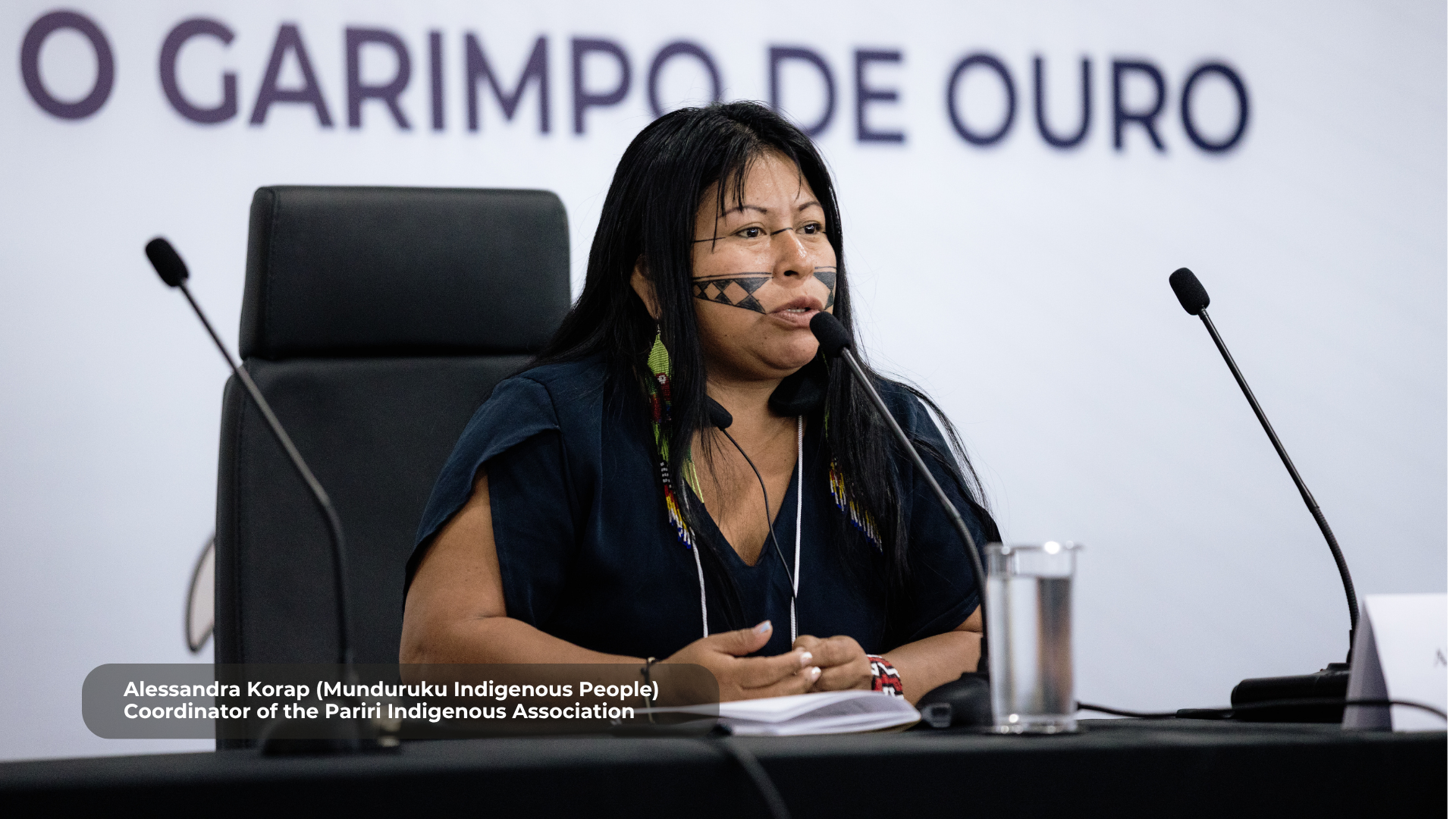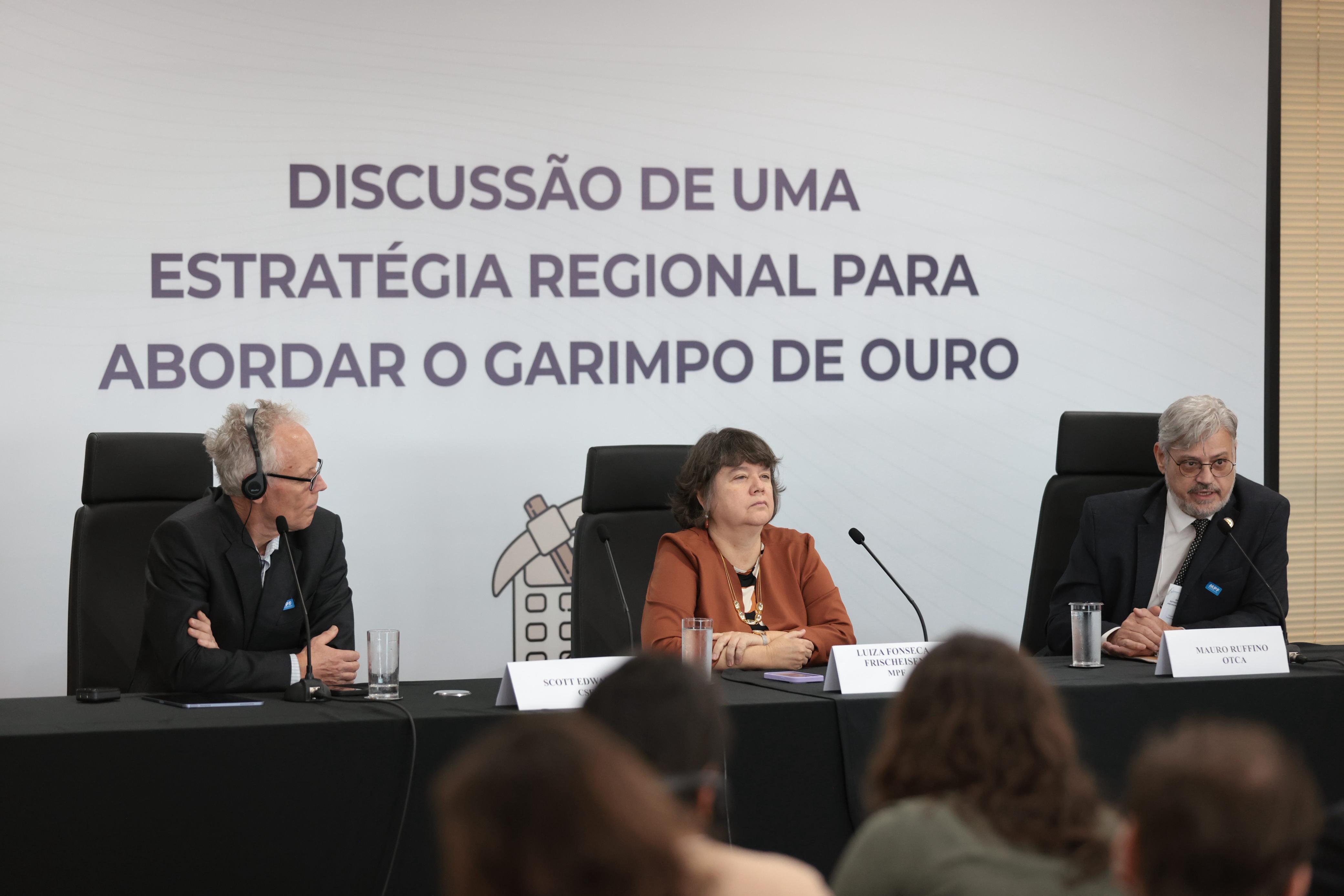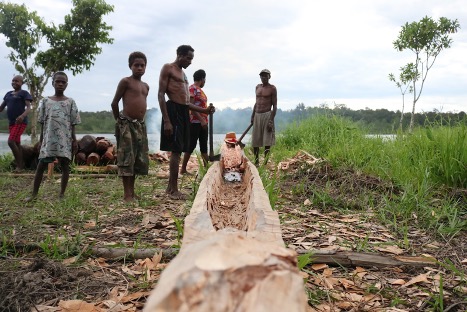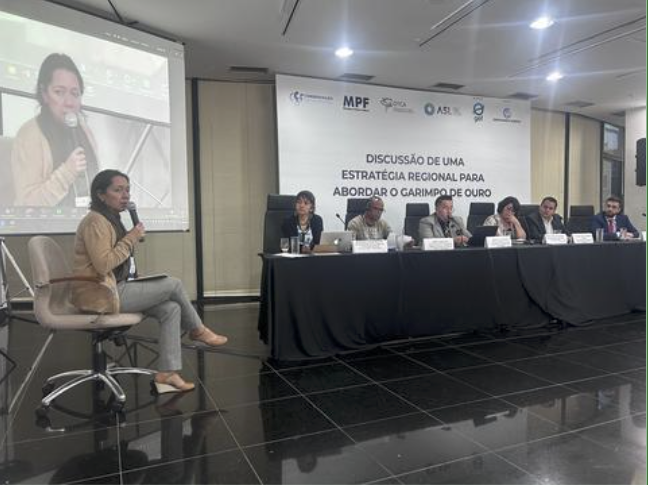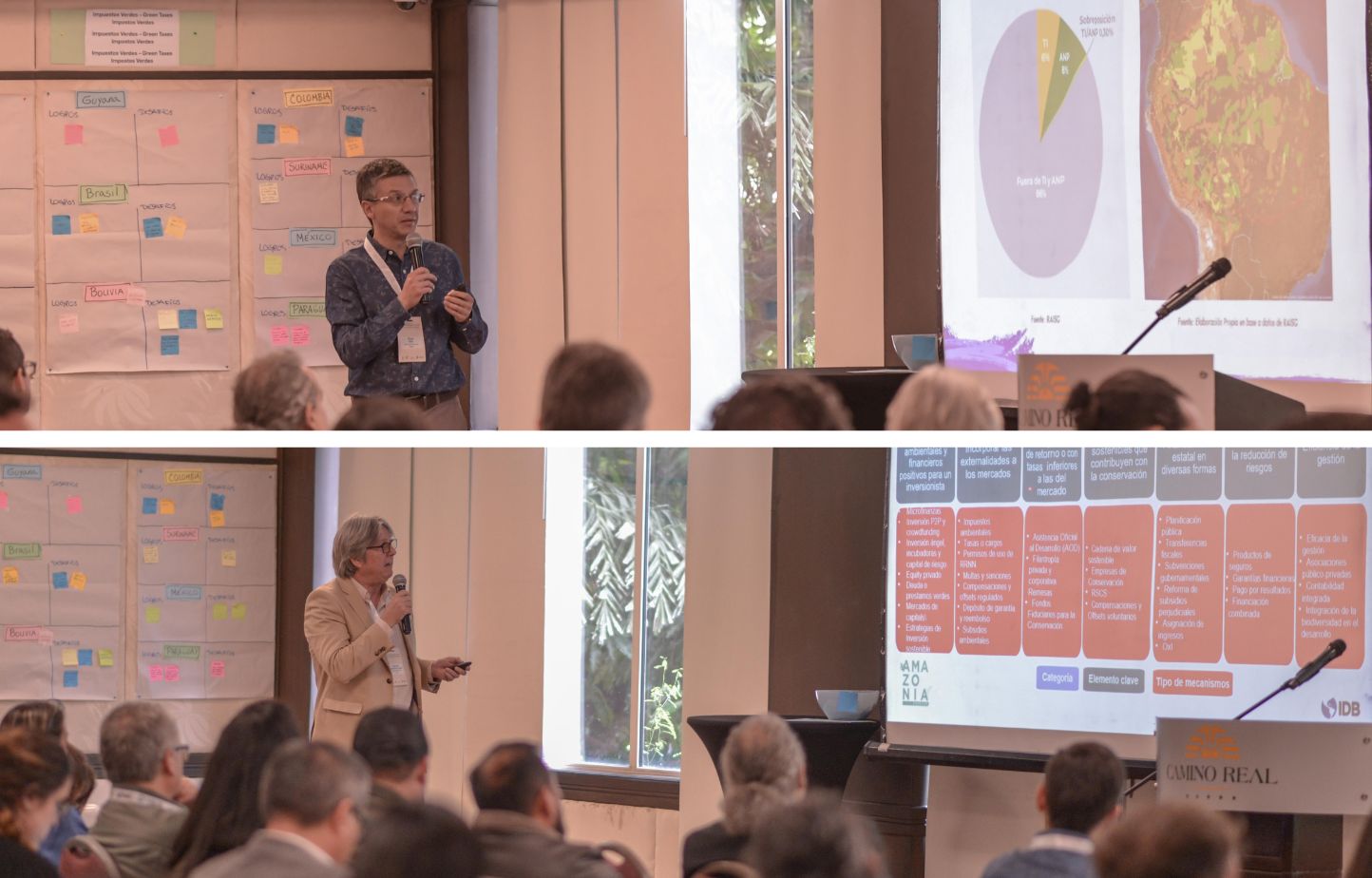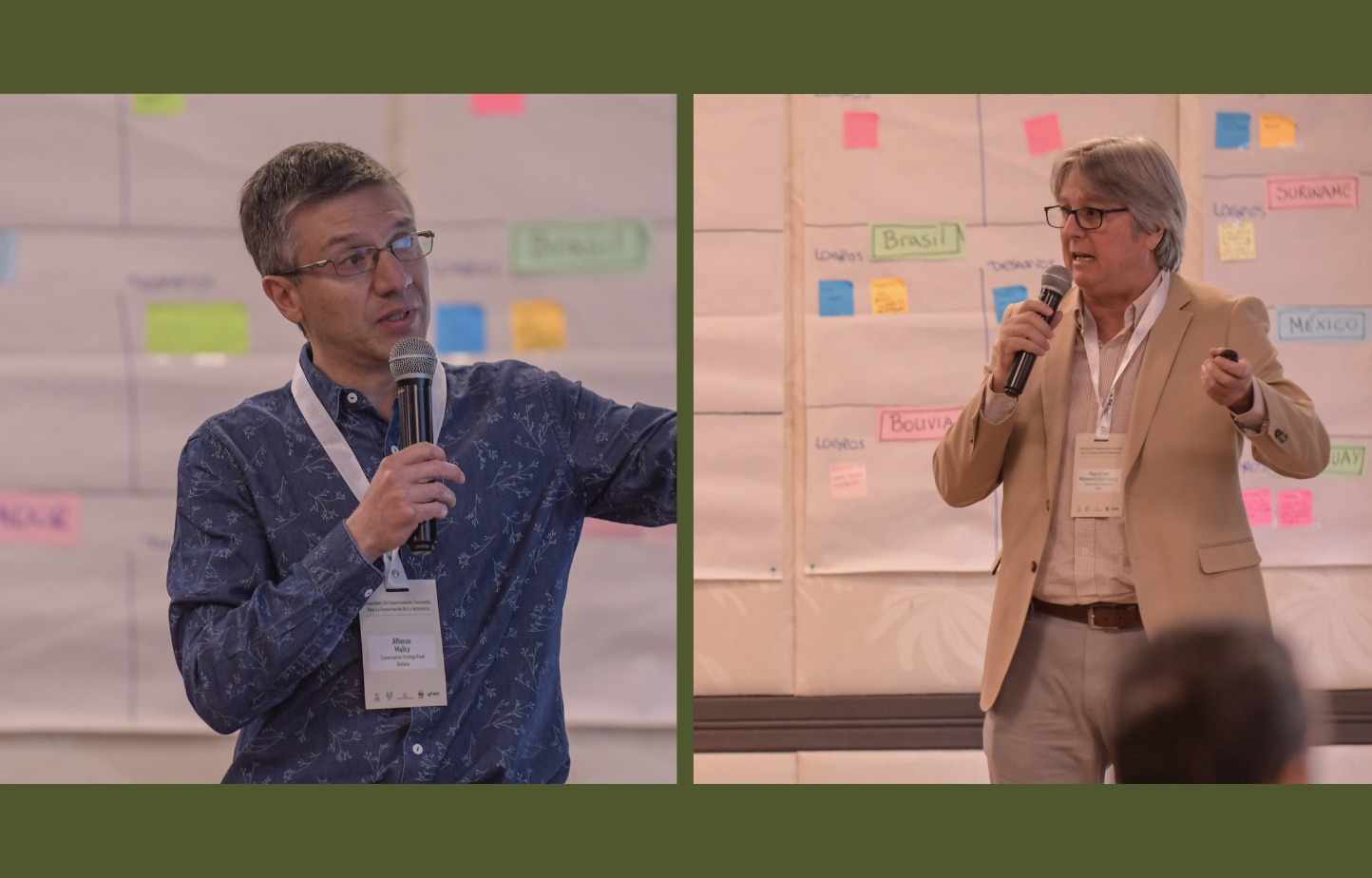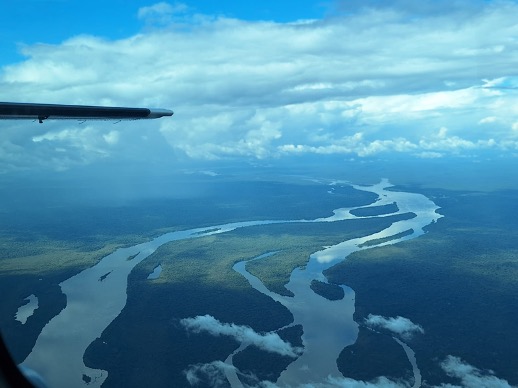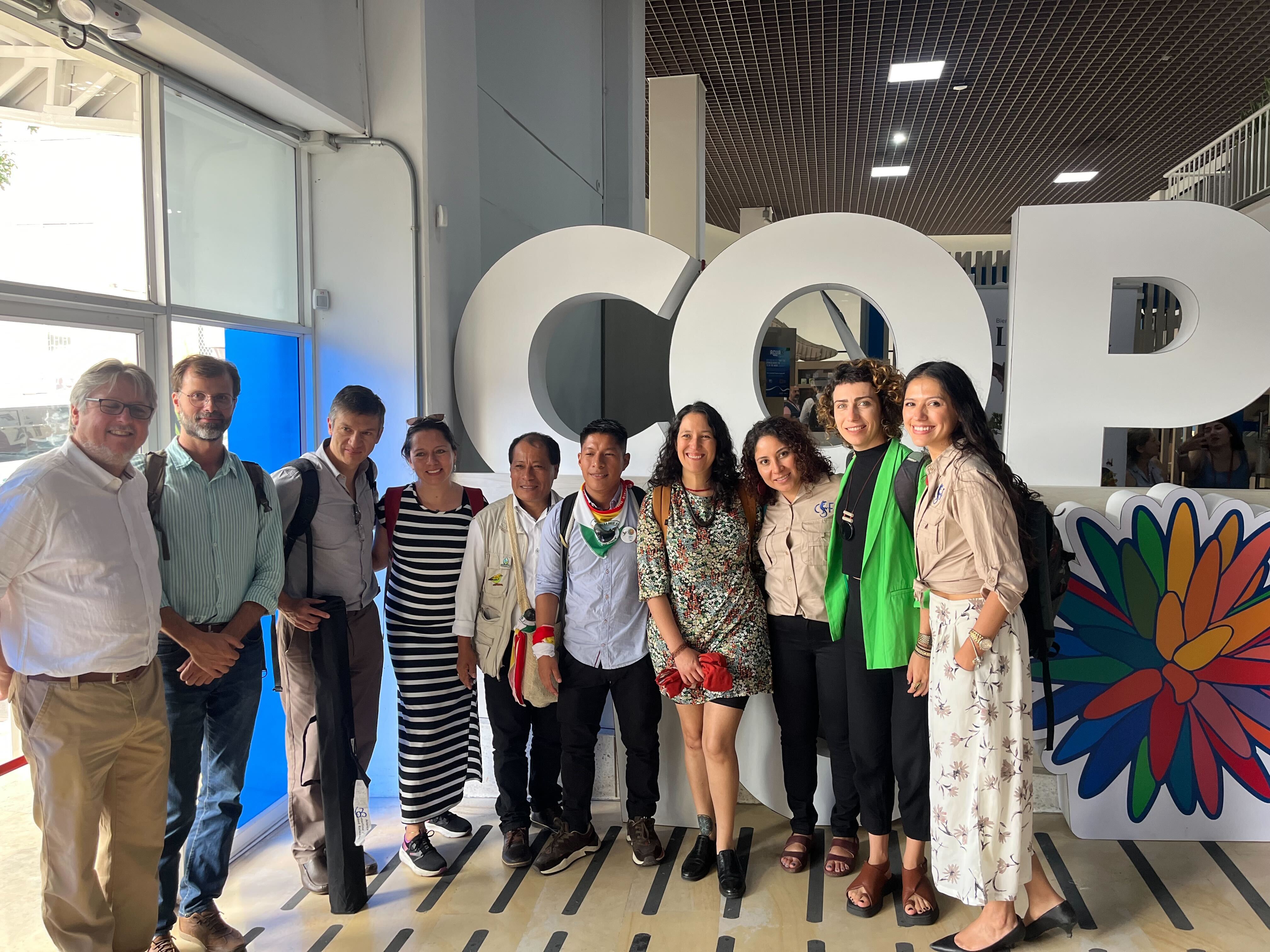News
On November 20, 2025, during COP30, we hosted the workshop “Valuing Nature, Empowering Action: Interactive Training with the CSF Calculator Hub” at the ARAYARA – Amazon Climate Hub in Belém, Brazil. The session brought together people working in conservation for a hands-on exploration of socio-environmental and economic valuation tools to support inclusive, evidence-based, and Indigenous-informed climate action.
Leaders from seven Amazonian countries gathered in Brasília for a regional workshop hosted by Conservation Strategy Fund to address the environmental, social, and legal impacts of mercury-based gold mining. The event highlighted the urgent need for cross-border cooperation and tools like the Mining Impacts Calculator to guide enforcement, protect ecosystems, and strengthen environmental governance across the Amazon.
Ante los crecientes desafíos sociales, ambientales y económicos relacionados con la minería de oro y el uso de mercurio en la región amazónica, funcionarios de Gobierno, cooperación internacional y otros actores, se dieron cita en el taller “Discusión de una Estrategia Regional para Abordar la Minería de Oro”, desarrollado el pasado 18 de junio en Brasilia, Brasil.
Background
The Asmat Regency is one of four regencies in South Papua, an Indonesian province with abundant natural resources, among them tropical forest ecosystems, fisheries, mining, and inland aquatic ecosystems. Natural resource management and economic development are some of the key challenges facing the region and are often assumed to be in opposition to each other.
Two weeks ago, I joined a webinar hosted by the World Bank for the Amazonia Viva team on the development and use of the Mining Impacts Calculator in the Amazon. There was strong interest from participants, and I was particularly struck by how IBAMA, Brazil’s environmental enforcement agency, is actively using the tool to impose fines on violators engaged in illegal gold mining.
Santa Cruz de la Sierra, Bolivia.— On April 2-4, the Amazon Sustainable Landscapes Program, the Inter-American Bank and WWF International hosted more than 90 experts from governments and NGOs for a workshop entitled “Sustainable Financial Solutions for Nature Conservation”. This event highlighted sustainable financing as a key tool for nature conservation in the Latin America and Caribbean regions.
Del 2 al 4 de abril, Santa Cruz de la Sierra (Bolivia) albergó a más de 90 expertos, de gobierno y sociedad civil, en el taller “Soluciones financieras sostenibles para la conservación de la naturaleza”, organizado por el Programa Paisajes Sostenibles de la Amazonía -una iniciativa regional liderada por el Banco Mundial y financiada por el GEF-, Banco Interamericano de Desarrollo (BID) y WWF Internacional.
In May 2024, Conservation Strategy Fund (CSF) Brazil participated in the 3rd Assembly of Rede Xingu+, a gathering focused on discussions and decisions related to the preservation of protected areas and the challenges faced by indigenous and riverside communities in the region. The event brought together over 400 participants, including indigenous leaders, partner institutions, and local community representatives.
I have just returned from COP16 in Cali with mixed emotions of pride in how far we have come and an urgency to move even farther. If you remember, I attended the 15th COP in 2022 held in Montreal and I shared with you the seven things that CSF can contribute to the Global Biodiversity Framework, and more specifically on which targets we could apply our economic tools and capacity building expertise.
#Numbers4Biodiversity
Alfonso Malky, Director for Latin America, CSF.

